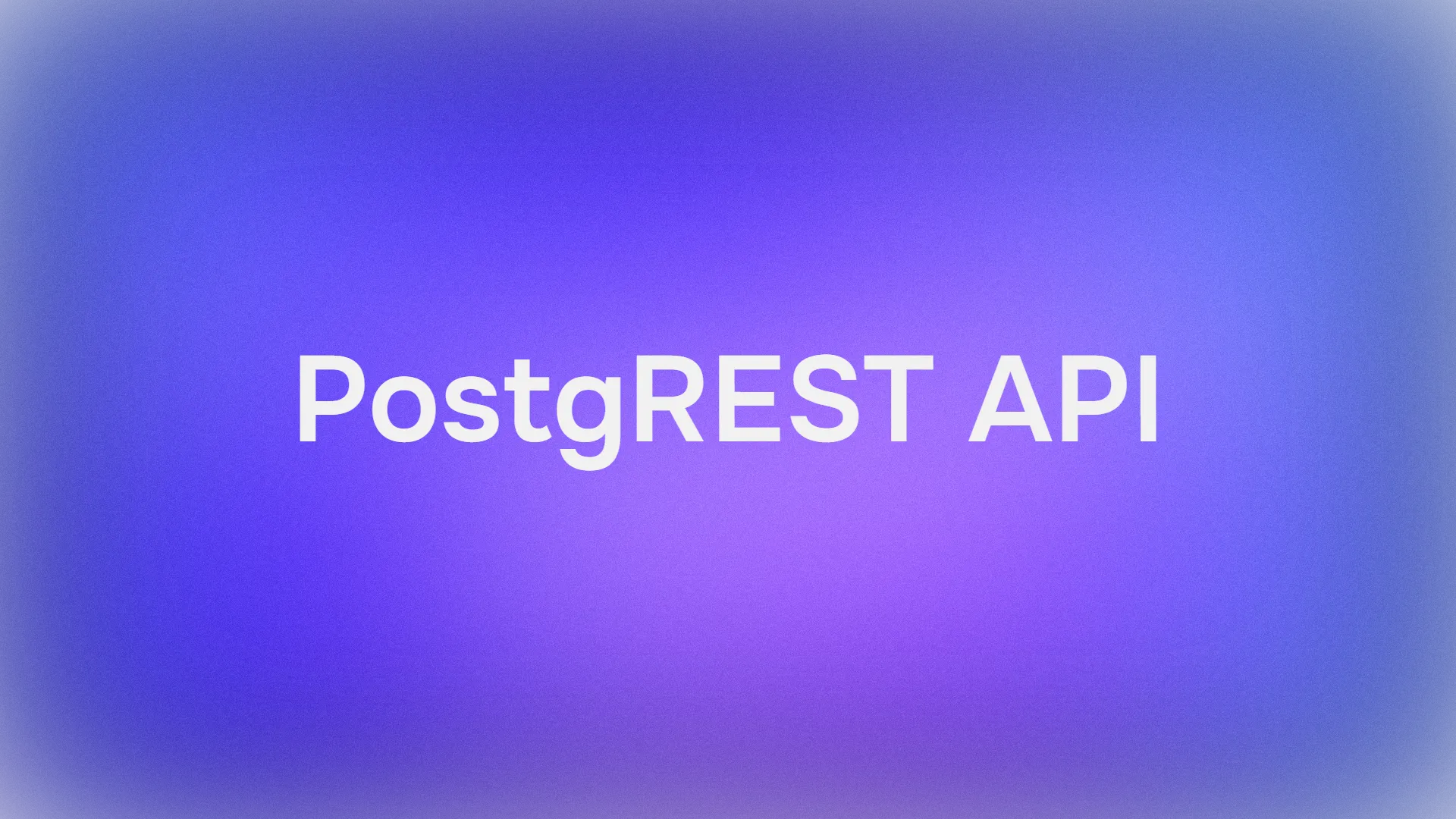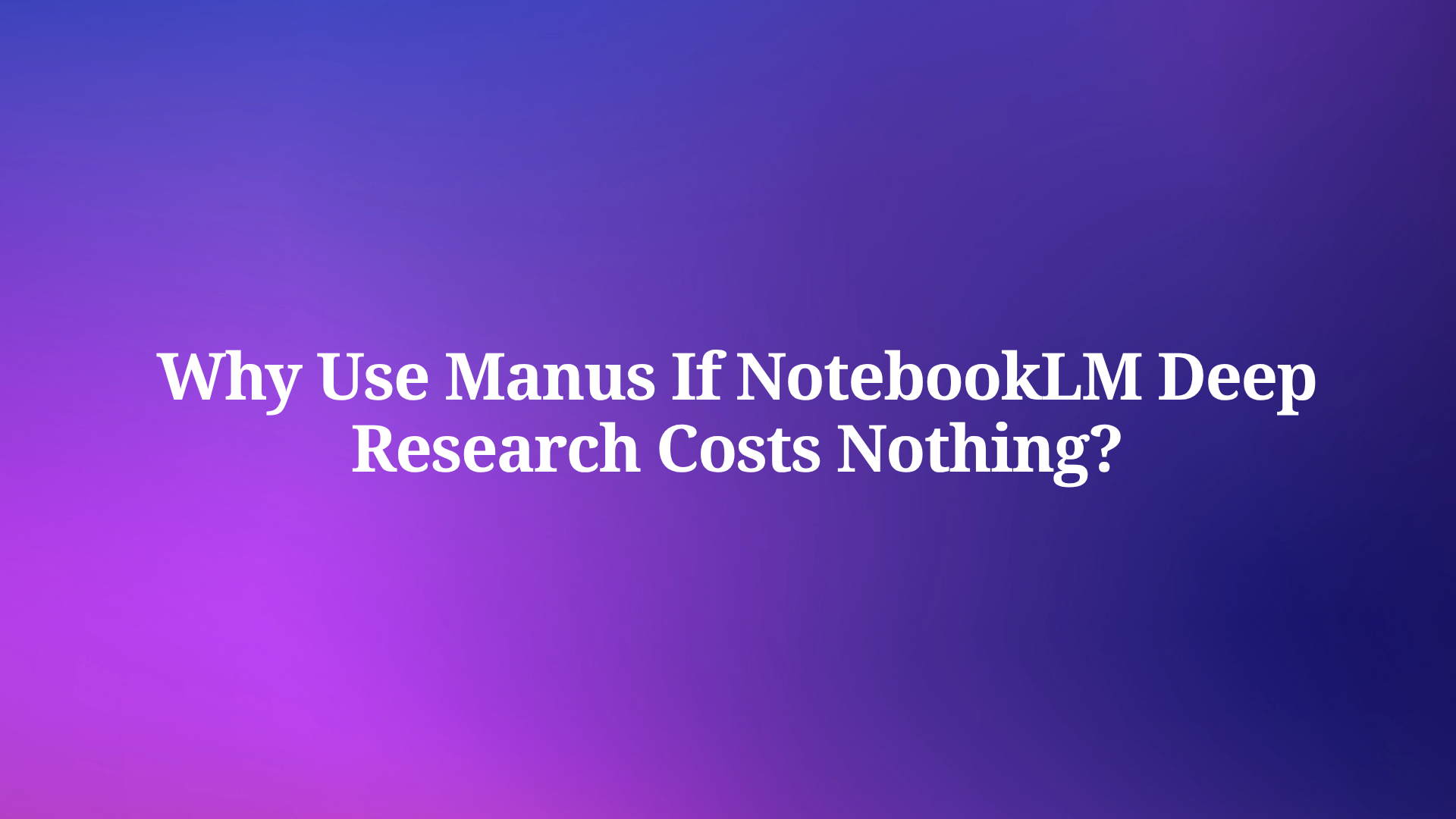The artificial intelligence landscape has just experienced a seismic shift. Anthropic today announced the highly anticipated release of its next-generation AI models: Claude Opus 4 and Claude Sonnet 4. This landmark launch, detailed on their official news blog and highlighted on X (formerly Twitter), signals a significant leap forward in AI capabilities, pushing the boundaries of reasoning, speed, and multimodal interaction. For developers eager to integrate these state-of-the-art models, ensuring your API toolkit is up to par is paramount.
Building on the strong foundation of the Claude 3 family, which set new industry benchmarks earlier, the Claude Opus 4 and Claude Sonnet 4 models elevate performance across the board. This release is not merely an incremental update; it represents a step-change in how organizations and individuals can leverage AI for complex problem-solving, creative endeavors, and scalable applications.
From Strength to Strength: The Claude Legacy and the Leap to Version 4
Anthropic’s Claude 3 family, comprising Opus, Sonnet, and Haiku, impressed the AI world with its advanced intelligence, industry-leading context windows, and novel vision capabilities. Claude 3 Opus, in particular, demonstrated near-human levels of comprehension on complex tasks. These models emphasized Anthropic's commitment to developing AI that is not only powerful but also safer and more reliable, guided by its Constitutional AI principles.

The new Claude Opus 4 and Claude Sonnet 4 models take this legacy and propel it into the future. According to Anthropic's announcement, these models have been re-engineered from the ground up, incorporating new architectures, extensive training on updated and more diverse datasets, and significant refinements in their reasoning and safety mechanisms. Let's delve into the specifics of what makes these new models a game-changer.
Claude Opus 4: The New Apex of Artificial Intelligence
Claude Opus 4 arrives as Anthropic's most intelligent and capable model to date, designed to tackle the most complex analytical and creative challenges. It sets new industry benchmarks across a wide array of cognitive tasks.
1. Unparalleled Reasoning and Problem-Solving
Anthropic's announcement highlights that Claude Opus 4 demonstrates substantial gains in areas like graduate-level reasoning, mathematical problem-solving, and scientific understanding. Key improvements reportedly include:
- Deep Multi-Step Reasoning: The model exhibits an enhanced ability to deconstruct highly complex problems that require numerous steps of logical inference. For instance, Claude Opus 4 can navigate intricate financial modeling scenarios or elaborate scientific research questions with significantly improved accuracy and coherence.
- Advanced Coding and Algorithmic Generation: Developers will find Claude Opus 4 an even more potent coding assistant. The model now showcases superior capabilities in generating complex code, debugging existing repositories, explaining intricate algorithms, and even assisting in software architecture design across a wider range of programming languages and frameworks. Early benchmarks indicate a marked reduction in error rates for code generation tasks.
- Superior Knowledge Synthesis: Claude Opus 4 processes and synthesizes information from vast quantities of text and data with unprecedented skill. This makes it exceptionally powerful for tasks like conducting comprehensive literature reviews, drafting in-depth market analyses, or understanding complex legal documents.

2. Next-Generation Multimodal Capabilities
Building upon Claude 3's vision understanding, Claude Opus 4 introduces a significant expansion in multimodal processing. Anthropic reveals that the model now adeptly handles:
- Sophisticated Image and Video Analysis: Beyond static images, Claude Opus 4 can reportedly analyze and interpret complex visual information from charts, diagrams, photographs, and even comprehend sequences within video content. This unlocks new applications in areas like content moderation, surveillance analysis (within ethical boundaries), and interactive learning from visual media.
- Audio Understanding (Preview): The announcement hints at upcoming capabilities for audio processing, suggesting that Claude Opus 4 will soon be able to transcribe, summarize, and understand spoken language from audio files, further broadening its interactive potential.
- Integrated Information Streams: The model is better equipped to reason about information presented across multiple modalities simultaneously, for example, understanding a textual description in conjunction with a complex accompanying diagram or dataset.
3. Vastly Expanded Context Window and Recall
Anthropic confirms that Claude Opus 4 now supports an even larger context window, reportedly extending to 2 million tokens for select partners, with a standard offering significantly above previous generations. This immense capacity allows for:
- Comprehensive Long-Document Analysis: Users can feed entire books, extensive financial reports, or large codebases into Claude Opus 4 for holistic analysis, summarization, or question-answering, ensuring no critical detail is lost.
- Enhanced Conversational Memory: For extended dialogues and complex project collaborations, Claude Opus 4 maintains context and coherence over much longer interactions, providing a more consistent and intelligent conversational partner.
4. Enhanced Safety and Steerability
Anthropic continues to prioritize responsible AI development. Claude Opus 4 incorporates the latest advancements in Constitutional AI and safety protocols. This results in:
- Reduced Harmful Outputs: The model demonstrates even lower rates of generating potentially harmful or biased content.
- Improved Factual Accuracy and Reduced Hallucinations: Significant efforts have been made to increase the model's adherence to facts and reduce instances of making up information.
- Greater User Control: Developers and users will find more refined mechanisms for guiding the model's tone, style, and output constraints, allowing for more precise and reliable application development.
Claude Sonnet 4: The Optimal Blend of Intelligence, Speed, and Efficiency
Alongside the flagship model, Anthropic introduces Claude Sonnet 4, engineered to provide the best balance of intelligence, speed, and cost-effectiveness for enterprise-scale deployments and a wide array of applications.
1. Substantial Performance Uplift
Claude Sonnet 4 is not merely a scaled-down version of Opus; it's a powerhouse in its own right, delivering a significant leap in capabilities over its predecessor, Claude 3 Sonnet.
- Near-Opus 3 Level Intelligence: Anthropic positions Claude Sonnet 4 as possessing intelligence comparable to or exceeding that of the previous generation's top-tier model (Claude 3 Opus) for many common tasks, but at a fraction of the cost and with significantly higher speed.
- Robust Multimodal Capabilities: Claude Sonnet 4 inherits many of the advanced image analysis features of Claude Opus 4, making it highly versatile for applications requiring visual understanding.
- Increased Context Length: It also benefits from an expanded context window, allowing it to handle more extensive documents and longer conversations than Claude 3 Sonnet.
2. Optimized for Throughput and Latency-Sensitive Applications
A key design goal for Claude Sonnet 4 was to maximize performance for real-world applications demanding quick responses.
- Exceptional Speed: Claude Sonnet 4 delivers industry-leading inference speeds for its capability class. This makes it ideal for powering interactive applications like advanced chatbots, real-time data analysis tools, and content generation workflows where responsiveness is critical.
- Cost Efficiency at Scale: Anthropic emphasizes the improved cost-effectiveness of Claude Sonnet 4, enabling businesses to deploy sophisticated AI capabilities across a broader range of operations without incurring prohibitive expenses. This is crucial for applications requiring high volumes of API calls.
3. Ideal for Enterprise Modernization
Claude Sonnet 4 is poised to become the go-to model for enterprises looking to:
- Automate Complex Workflows: Handling sophisticated customer service inquiries, generating detailed reports from structured and unstructured data, and assisting with complex decision-support.
- Enhance Content Creation: Powering tools for drafting marketing copy, technical documentation, personalized communications, and a variety of other written content at scale with high quality.
- Drive Data Insights: Analyzing large datasets to identify trends, extract key information, and provide actionable business intelligence.
Technical Innovations Driving the Claude 4 Series
The advancements in Claude Opus 4 and Claude Sonnet 4 are underpinned by significant technical innovations, as alluded to in Anthropic's release materials:
- New Model Architectures: While specifics are proprietary, it's understood that the Claude 4 series leverages next-generation neural network architectures. These likely include more refined Mixture of Experts (MoE) implementations for greater parameter efficiency, novel attention mechanisms for superior long-context processing, and potentially hybrid designs that better integrate different types of information processing.

- Advanced Training Methodologies: The models have been trained on more extensive and meticulously curated datasets. This includes a greater diversity of high-quality text and code, as well as expanded multimodal data. Anthropic also continues to refine its Reinforcement Learning from Human Feedback (RLHF) techniques and its pioneering Constitutional AI approach to ensure alignment and safety.
- Optimized Inference Infrastructure: To deliver the impressive performance metrics, especially for Claude Sonnet 4, Anthropic has likely made significant strides in optimizing the inference stack, ensuring that the models run efficiently on current and future AI hardware. This includes software optimizations and potentially co-design with hardware partners.
Availability and Getting Started
Anthropic has announced that Claude Opus 4 and Claude Sonnet 4 are being rolled out via the Anthropic API. Developers can access documentation and client SDKs on the Anthropic website. The models are also expected to become available through select partners and cloud platforms in the near future. Given their advanced capabilities, there will likely be tiered access or usage-based pricing, with Claude Sonnet 4 positioned as the more generally accessible option for high-volume tasks.
The Future is Now: Navigating a World with Claude 4
The launch of Claude Opus 4 and Claude Sonnet 4 is more than just a product release; it's an invitation to rethink what's possible with artificial intelligence. These models offer unprecedented tools for creativity, analysis, and automation. As with any powerful technology, their responsible development and deployment will be key to unlocking their full potential for positive impact. Anthropic's continued emphasis on safety and its Constitutional AI framework provides a strong foundation for this journey.
The AI community will now begin the exciting process of exploring the full range of these new models’ capabilities, building innovative applications, and pushing the boundaries of human-machine collaboration. The era of Claude Opus 4 and Claude Sonnet 4 is here, and it promises to be transformative.




